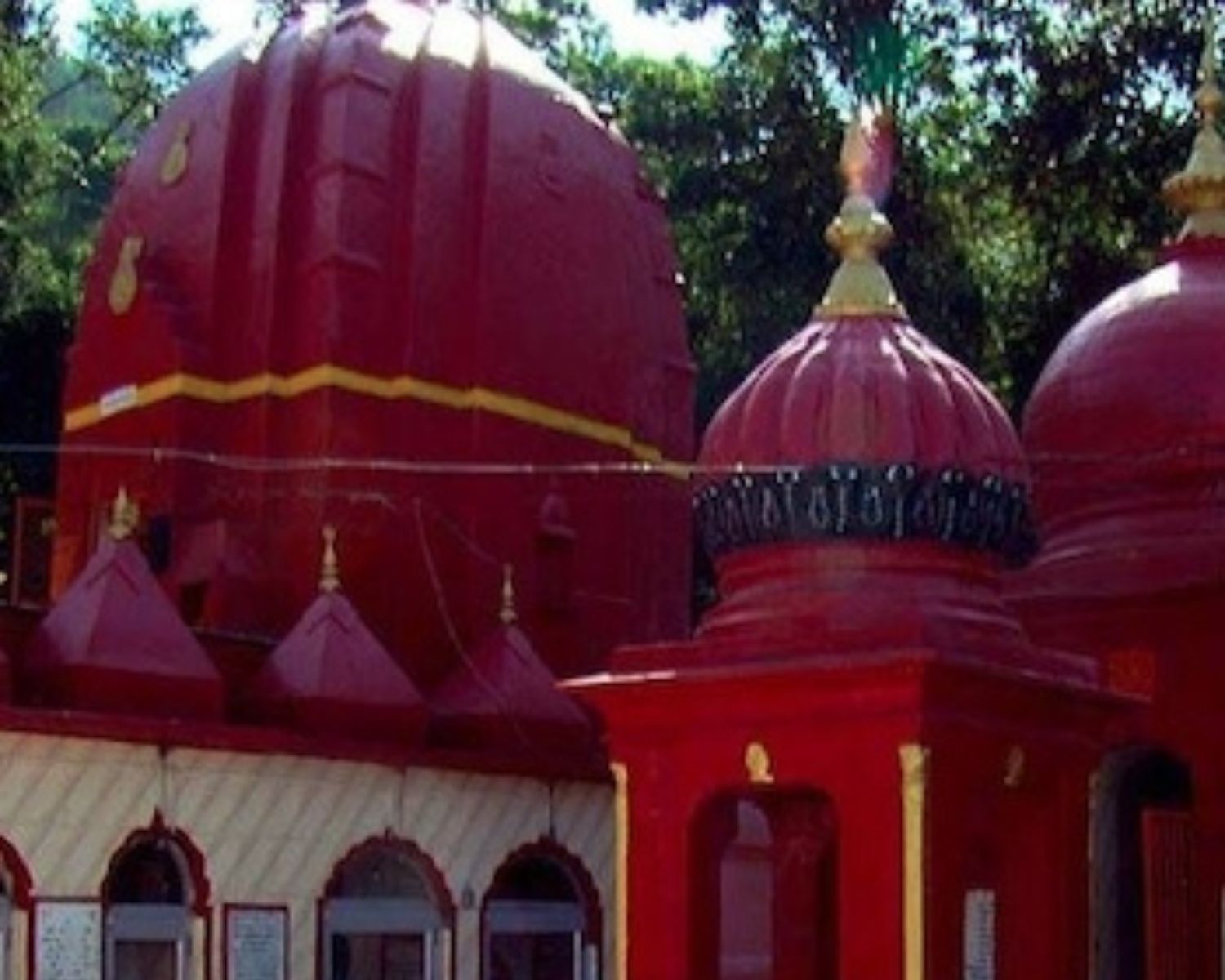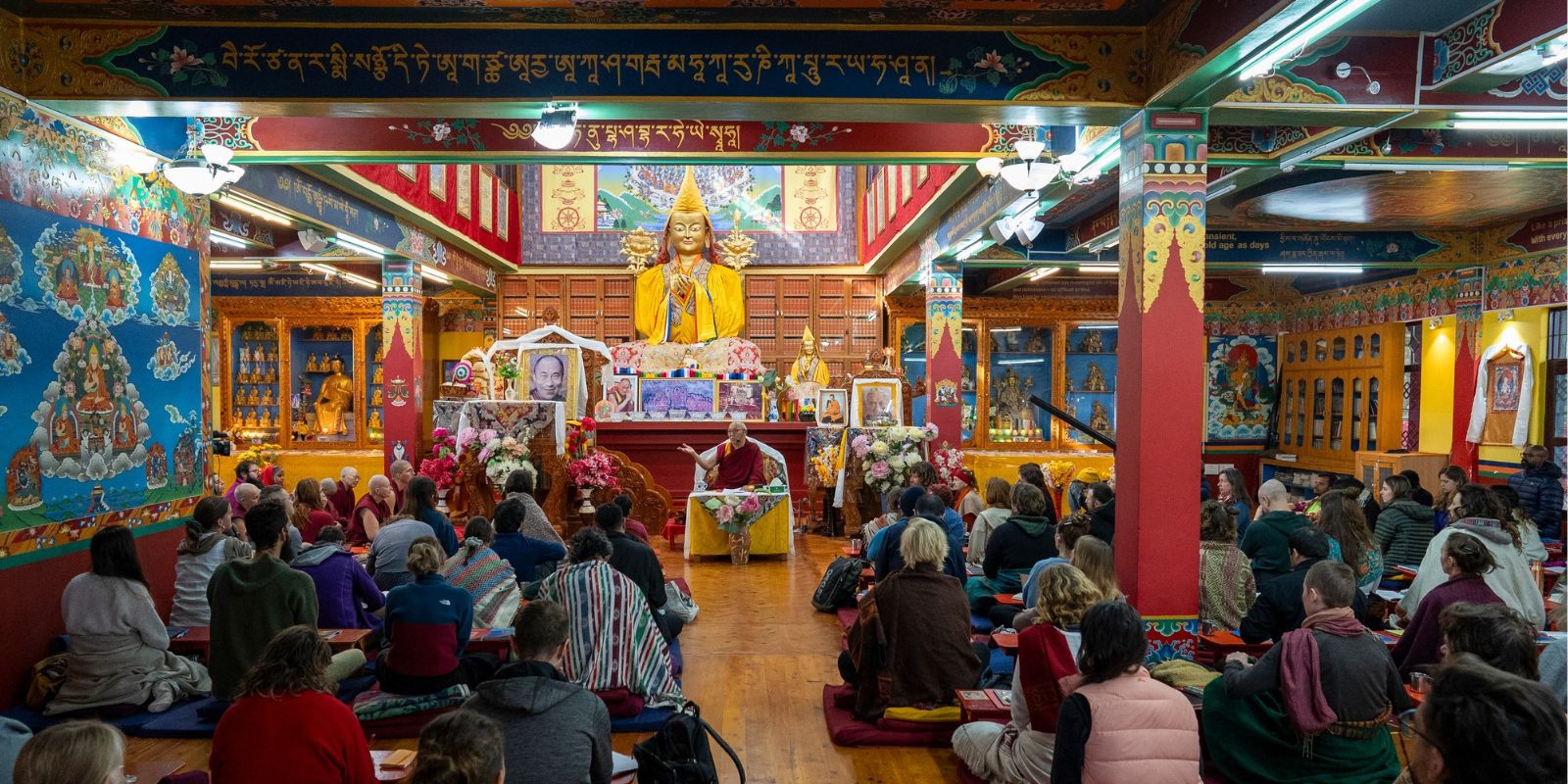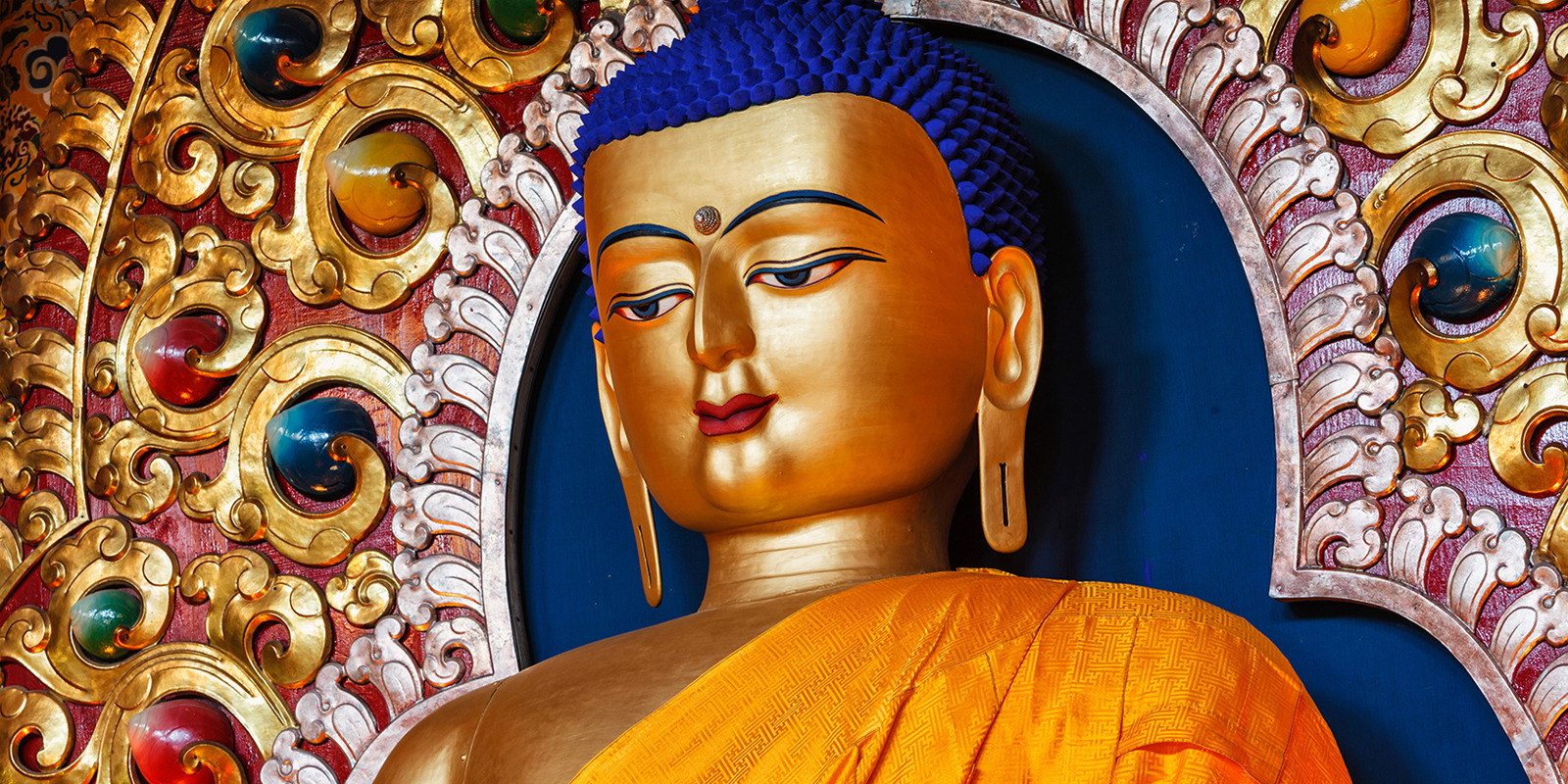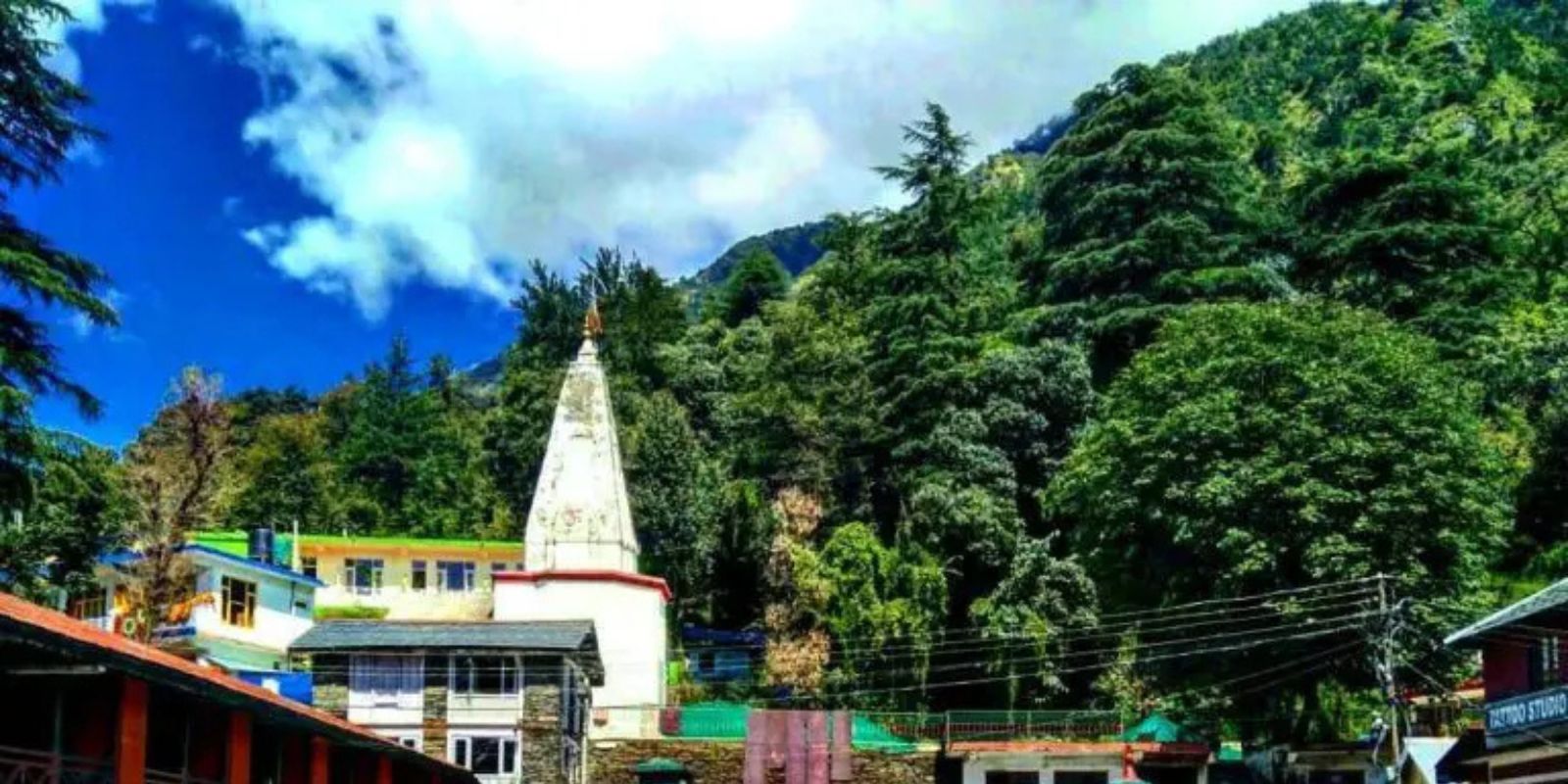Located just 8 km from Dharamshala, Himachal Pradesh, Aghanjar Mahadev Temple is a scenic and spiritually significant Shiva shrine. Surrounded by pine forests and foothills, this peaceful temple is believed to have been sanctified by Arjuna during the Mahabharata era. Locals and visitors come here not just for devotion, but also for nature’s calm, healing energy.
Noteworthy Attractions
Shiva in Nature’s Lap
The temple’s location by a gurgling stream and forested slopes offers meditative serenity.
Mahabharata Connection
Said to be the spot where Arjuna meditated and Lord Shiva appeared to bless him.
Natural Spring Pool
A sacred water source considered purifying and energizing by devotees.
History & Culture

Origins & Legacy
The temple’s history is rooted in local legends tying it to the Mahabharata. It is believed that Arjuna sought Lord Shiva’s blessings at this site. Over centuries, the temple evolved as a sacred stop for pilgrims in the region. Despite its modest size, it continues to draw those seeking divine blessings and peaceful introspection.

Sacred Importance
Lord Shiva is worshipped here as the protector and destroyer of negativity. The temple is a popular stop for those performing pilgrimages across Himachal. The stream flowing past the temple is considered holy and spiritually energizing.

Rituals & Traditions
- Daily Aarti: Held in the morning and evening, inviting Lord Shiva’s blessings.
- Jalabhishek: Sacred water is offered to the Shiva Linga by devotees.
- Flower Offerings: Local marigolds and seasonal blooms are placed at the sanctum.
- Meditation by the Stream: Visitors often meditate along the banks for calm and clarity.
- Festive Fairs: During Shivratri and Saavan, the temple sees vibrant traditional gatherings.
Practical Guidance
When to Go
Best visited from March to June and September to November for pleasant weather. Mahashivratri draws large crowds; weekdays offer a quieter experience.
Respect & Reverence
Guidelines
Modest dress, respectful silence near sanctum, and footwear removal are expected.
Restrictions
No alcohol, loud music, or littering. Photography allowed only outside the sanctum.
Arriving Here
By Air
Gaggal Airport (Dharamshala) is just 18 km away. Taxis and shared cabs easily connect to McLeod Ganj in under 45 minutes.
By Rail
Nearest station is Pathankot (90 km), with buses and cabs to Dharamshala, then onward by local taxi.
By Road
Easily accessible by road from Dharamshala, McLeodganj, and Palampur. Parking available near temple site.
Immersive Experiences
Spiritual Practices
Join monks and devotees on the Kora path at sunrise chanting mantras or walking in mindful silence among pine-scented air.
Local Rituals
Join local families in offering Jal and Bilva leaves to the Shiva Linga.
Closing Reflection
Aghanjar Mahadev Temple is where myth, nature, and devotion merge into a healing experience. Visit to feel Shiva’s presence in silence, stone, and flowing stream.





